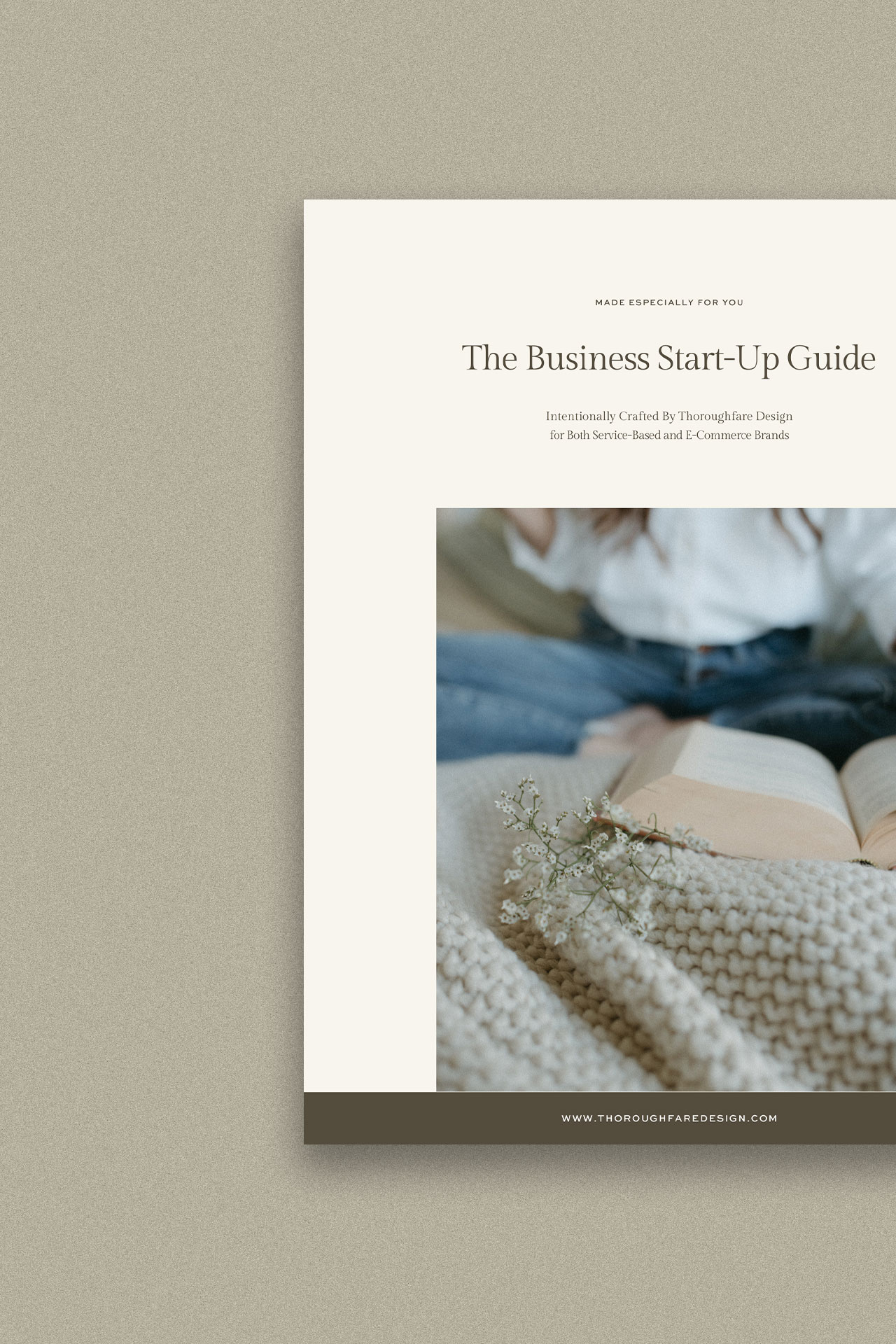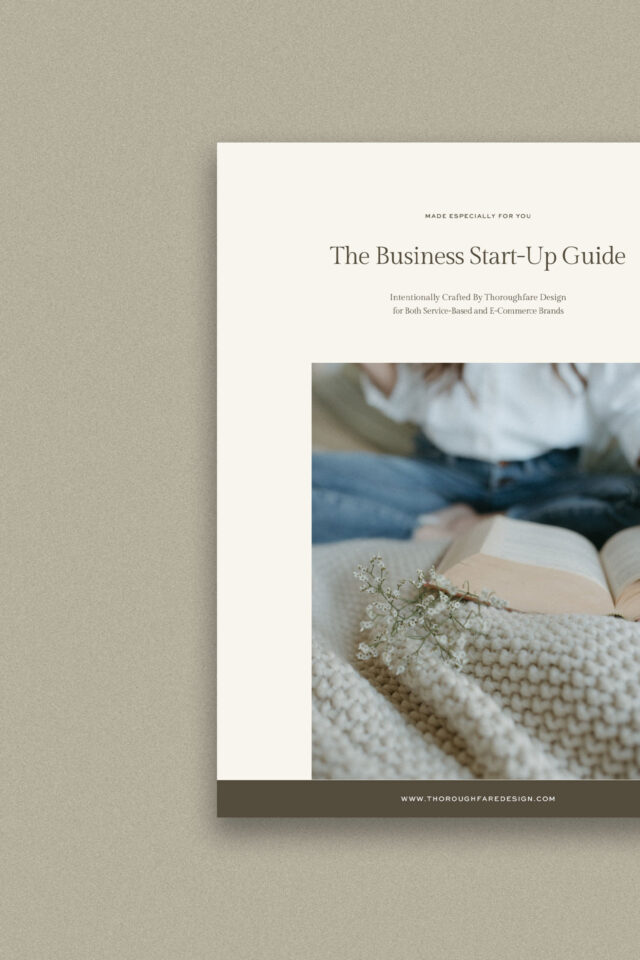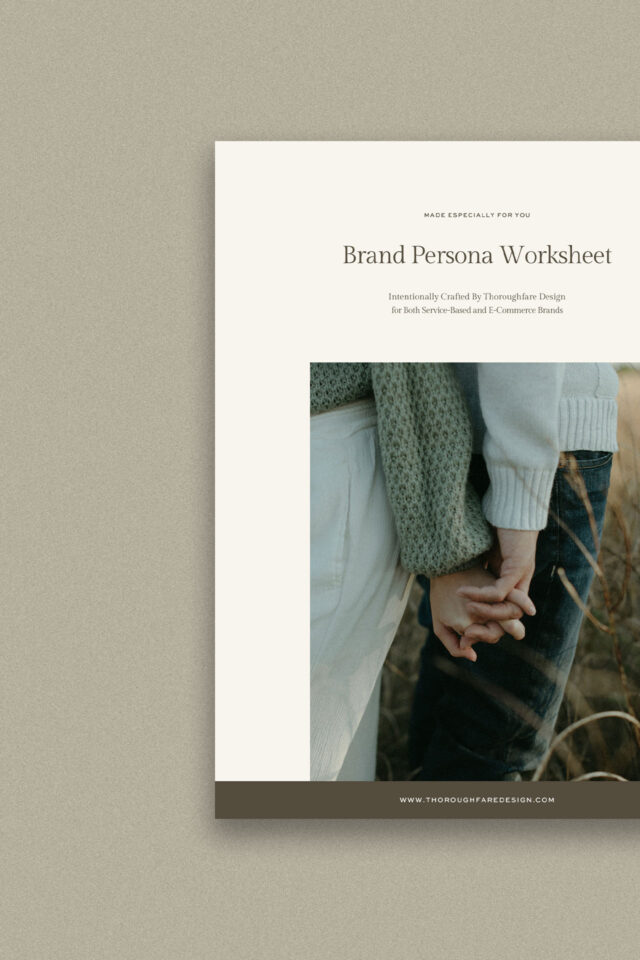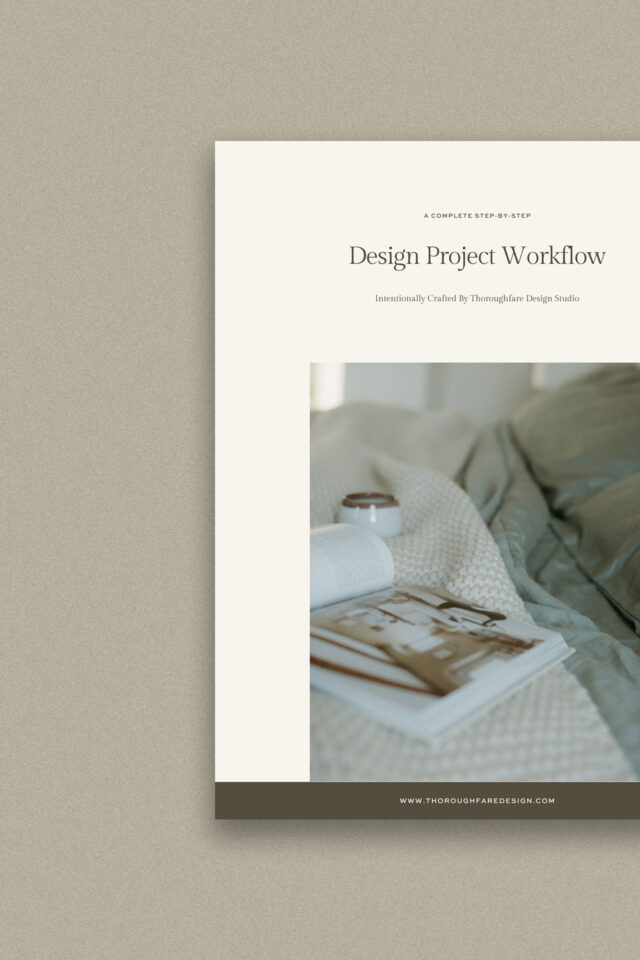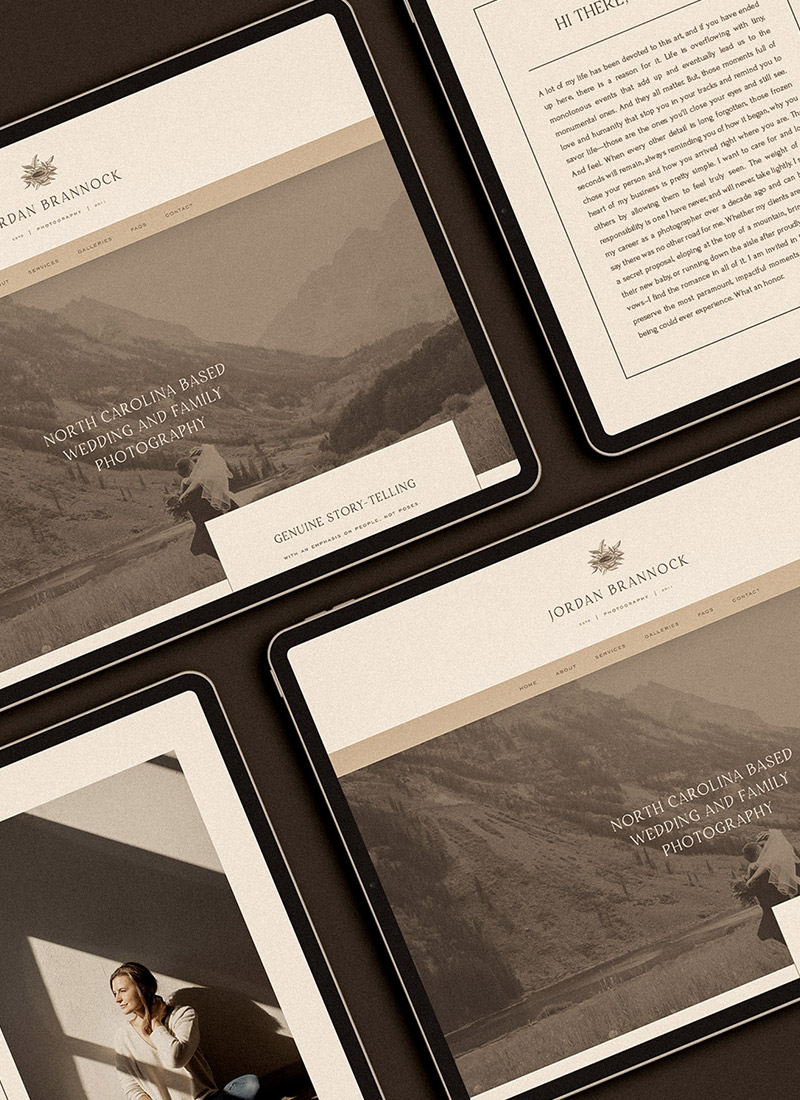
When it comes to website content, one key thing to keep in mind is that your audience is often skimming. Users rarely read every word on a page. Instead, they scan for important information that catches their eye and directs them where they need to go. This is why we believe that less is more—especially when it comes to text content like titles, paragraphs, and supporting text.
Keep Content Intentional
The goal of your website is to guide users toward an action. That could be contacting you, scheduling a call, or purchasing your product or service. If your site is overloaded with long text or unnecessary details, it can easily distract or overwhelm visitors. Your content should be brief, clear, and purposeful, allowing users to quickly find the answers they need.
When we work with clients, we provide documents outlining the important aspects of content creation. These documents ensure that every piece of content serves a purpose and speaks directly to the audience’s needs. In today’s fast-paced world, simplicity and clarity are crucial, as you only have a few seconds to grab someone’s attention.
Titles and Headlines: Make a Strong First Impression
Titles and headlines are some of the most important elements of your website. They are the first thing users see, so they need to grab attention and be direct. A clear title lets visitors know what the page is about and encourages them to keep reading.
Think of titles as guides. If they’re clear and concise, users will easily navigate your site. Avoid complex wording or creative titles that could confuse your audience. Stick to simple language that communicates exactly what you offer and what action you want them to take. Take your titles and headings to the next level by incorporating keywords for your SEO (search engine optimization). You can learn more at our blog, “A Simple Guide to A Great SEO Foundation for Your Website.”
Keep Paragraphs Short and Focused
When it comes to body text, shorter is better. Long paragraphs can overwhelm users, especially when they are skimming. Aim for short paragraphs, ideally just a few sentences. You can also break up the content with subheadings, bullet points, or icons to make it easier to read.
The goal is to keep your information brief and engaging. Website content isn’t the place for long explanations—that’s what calls or consultations are for. Your text should tease readers enough to make them want to reach out and learn more.
Let Images Speak for You
While text is important, don’t underestimate the power of images. Often, a strong image can communicate more than words. Images grab attention instantly and convey emotions more effectively than long paragraphs of text.
Pair concise, clear text with powerful images for a website that draws visitors in. Whether it’s showcasing your product, offering a glimpse behind the scenes, or reinforcing your brand’s message, images are essential for telling your story quickly.
Guide Users Toward Action
Your website’s purpose is to guide users toward a specific action. This could be purchasing a product, scheduling a consultation, or simply getting in touch. Every piece of content should have a clear purpose and help direct users in the right direction.
Short, direct content ensures users won’t get lost or overwhelmed. Clear titles and brief paragraphs guide them naturally through the site, while images reinforce your message. The less time they spend searching, the more likely they are to reach out or make a purchase.
For More Content, Consider a Blog or Podcast
If you want to dive deeper into specific topics or share more detailed information, we recommend starting a blog or podcast. A blog allows you to provide in-depth content, while a podcast can create a more personal connection with your audience. Both allow you a great opportunity to showcase your knowledge and value. A great example is Jenna Kutcher’s podcast, where she shares how she got started with her podcast and provides valuable resources for entrepreneurs.
Remember, don’t overload users with content on the main pages of your website. They are skimming through to determine if you offer what they need. Instead, let your podcast or blog serve as a valuable resource for those seeking more in-depth information.
Conclusion: Less is More
In today’s world, most website visitors are skimmers. They don’t have the time or patience to read through long blocks of text. That’s why we always recommend keeping content minimal but impactful.
Use clear titles and short paragraphs that are easy to scan. Let images help communicate your message. If you feel the need to write more content think about starting a blog or podcast where users will come for more information. By focusing on your content and understanding when to share extensive information versus when to keep it concise, you’ll enhance the user experience.
Happy writing!



